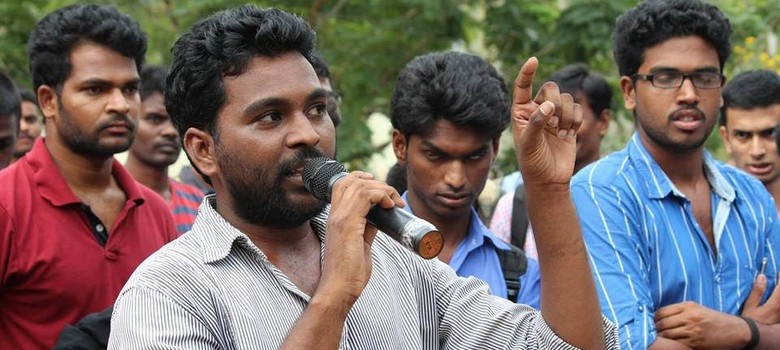Need For Equity, Diversity And Inclusion Initiatives In Indian Higher Education
By Bharat Rathod
23 February, 2016
Countercurrents.org

After Rohith Vemula's death public protest and media discussion has created a political pressure onthe government of India to take institutional measures to avoid such kind of incidents. Ministry of Human Resource Development (MHRD) has announced that a new policy will be prepared to tackle issues of discrimination against students from disadvantaged sections of society. In the discourse of Rohith’s suicide, an important aspect has diluted that the role of caste-based discrimination in higher education institutions. In the last decade alone, several incidents of discrimination against the lower caste students came into the public domain. It has also reported in academic studies that caste-based discrimination is pervasive in Indian higher education and particularly in elite institutions. This scenario raises a critical question – why caste-based discrimination is rampant in Indian higher education?
Higher education has been dominated by the higher caste in the country. However, since last two decades due to affirmative action policy and gradually increasing education level in historically oppressed castes now challenging the hegemony of the higher caste. This phenomenonhas created a social tension between the lower caste (SC/ST/OBC) students and higher caste faculties. Increasing enrollment of the lower caste students have considerably changed demographic of higher education institutions; however, faculty demographic has been dominated by the higher castes whostigmatized the lower caste students in higher education. Elite higher education institutions have been denying caste-based discrimination; moreover, they have defamed the lower caste students as uneducable. It is a high time to accept that discrimination againstthe lower caste students is reality in higher education and it is institutionalized. Institutional measures are inevitable either we accept today that caste-based discrimination in higher education is pervasive or continue to treat as an isolated incident. Institutional initiatives are essential to stop caste-based discrimination and support the lower caste students to empower and attain a degree. Higher education institutions in the United States (U.S.) are pioneer in innovative initiatives and research to address issues of discrimination and campus climate.
One of the most striking examples is ‘Equity, Diversity and Inclusion’ initiatives in higher education in the U.S. Since the last decade higher education institutions in the U.S. have taken a range of proactive measures to stop various kinds of discrimination and promote diversity. The federal government of the U.S. has taken a lead and issued an Executive Order 13583 to foster equity, diversity and inclusion in public institutions. The order is explicit about eliminating all forms of discrimination, fostering institutional diversity, enhancing the representation of underrepresented groups, awareness programs, and accountability to implement the order. On the other side, several studies have been established that diversity in higher education is critical to improve academic learning environment and citizenship training for democratic pluralism.
Currently, Equity, Diversity and Inclusion’ initiatives are part of public and private higher education institutions in the U.S. These initiatives/programs are great support for underrepresented students and staff members. It focused on raising institutional awareness regarding issues of discrimination, setereotypes, social justice, inclusive pedagogy and campus climate, and enhancing diversity. The U.S. higher education admitted that students of color are being discriminated, whereas still we hesitate to acknowledge that lower caste students are being discriminated. Now, the point is that MHRD proactively wants to deal with caste-based discrimination in higher education or create a toothless reactionary policy that will maintain the status quo.
Bharat Rathod is Doctoral student at Umass, Amherst. College of Education, EPRA Department

